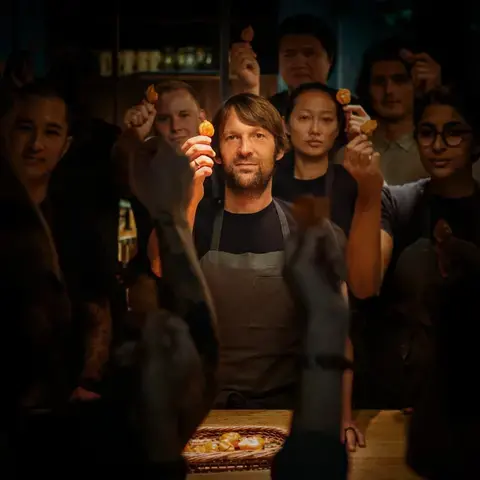After 12 years without welcoming guests, “the restaurant that changed everything” reopens as a museum this week. ElBulli, the most influential epicentre of modern cuisine in recent decades, is back, but without serving meals this time. In its mythical space of almost 4000 square metres in Roses, in the interior of Catalonia, Spain, a cultural centre with 69 installations has taken shape for visitors to pay homage to the legacy of elBulli and understand why the restaurant was a milestone in the gastronomic world.
Now rebranded as elBulli 1846 – in homage to the number of recipes trailblazing chefs Ferran and Albert Adrià and team created there from 1998 onwards – the new space counts on installations (mixing arts and audiovisual exhibitions) to tell the story of the restaurant through memorabilia and historical objects, including over 100 ideas that Adrià painted from 2012 onwards using only paints and cotton swabs, and innovative utensils that were created or adapted by elBulli to a professional kitchen – such as siphons, dehydrators and lyophilizers.
Visitors will also have the opportunity to (re)visit the restaurant’s famous main room, with the original wooden chairs, napkins and glasses used at the time. A large screen will show archive videos of the cooks working at elBulli. It is the first restaurant in the world to have such a space dedicated to its own history, which proves the role of elBulli in gastronomy’s annals. Below, we list 12 ways (one for each year of its hiatus) the restaurant forever changed the fine-dining game.












